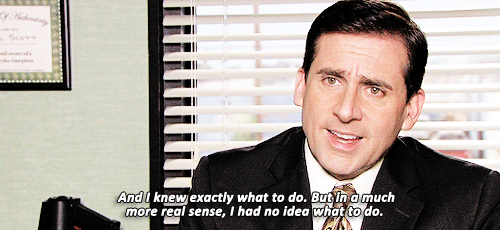“I don’t know what I want, but I’ll know it when I see it.”
For a creative professional, this sentence can be the most frustrating thing to hear. It provides zero guidance and almost insures that the next idea will get rejected. How on earth are we supposed to know what you want if you can’t describe it?
But it’s true, you, the client, is in search of an awesome experience and want to be impressed. You have some idea, but don’t have the tools, knowledge or skills to produce the stunning piece of artwork that is perfect for you and your company. But one thing is for sure, it’s your company, so it must be perfect and stunning, why would you settle for less on the one thing that’ll never change?
But where do we go from here? Should I show you idea after idea and visual after visual until magic happens? How will we know if we’re getting closer? The problem is that there is no right answer or formula for producing something truly unique. But there certainly are many wrong answers.


